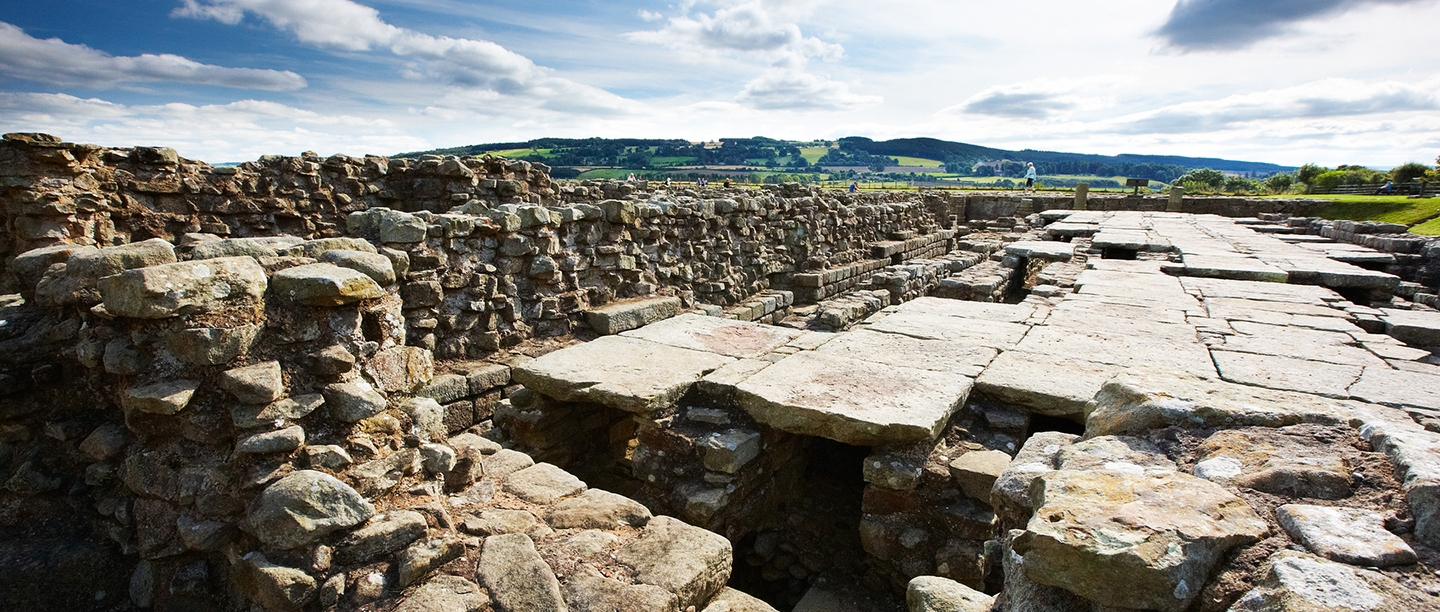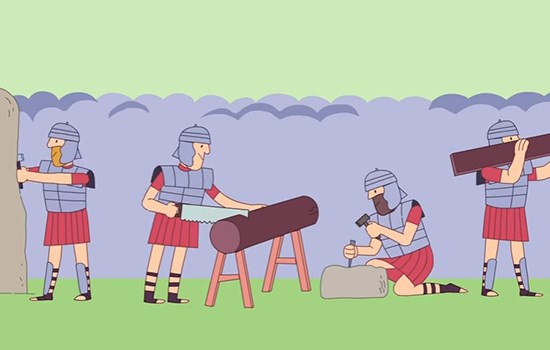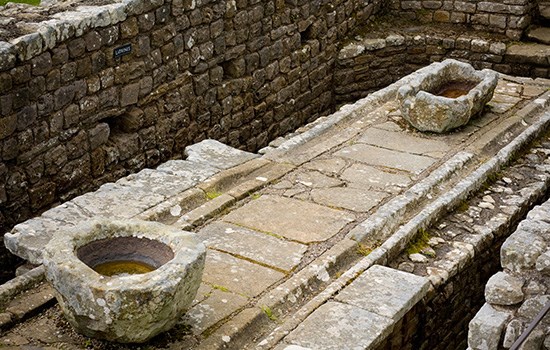A new exhibition
Corbridge Roman Town is unique along Hadrian's Wall. The town is set back from the iconic monument and tells a varied story about life within the frontier territory.
For the last 30 years, since Hadrian's Wall became a World Heritage Site, the museum and exhibition have remained relatively unchanged. And yet our understanding of life in the town has changed considerably.
Over a period of almost 350 years, Roman Corbridge evolved from a military centre into a thriving civilian community. Generations of people from different cultures and backgrounds lived, loved, worked and traded within the town. The remaining site and collections tell the story of life on the edges of the Roman Empire, far from the centre of power.
In the new exhibition discover the changing lives of the town's Roman residents through the objects that they left behind. Capture a sense of Roman culture through new stories and explore how our archaeological finds have developed our understanding of Hadrian's Wall.
Shining a light on unseen objects
Using the rich collection of objects discovered on the site, we'll be painting a vivid picture of life within the town. Comprising of approximately 150,000 individual artefacts, the Corbridge collection is one of the largest within English Heritage's care.
The new exhibition will showcase previously unseen objects from this extraordinary collection, with 20 percent of the artefacts having never been on public display before.
You'll be able to study finds such as this ornate perfume vase up close for the first time. The vase was found in a cremation burial and dates back to the first half of the 2nd century AD. Grave goods like this were believed to accompany the dead into the afterlife - the owner of this elaborate vase must have been very wealthy.
Find out more about the collectionExcavations at Corbridge
All of the artefacts featured in the new exhibition were excavated from the town and help us piece together the story of this unique place.
Edwardian excavations (1906 - 1914) revealed much of the town you can see today, and uncovered many buildings and iconic pieces of stonework such as the Corbridge lion. Excavations between 1946 and 1973 revealed the Corbridge Hoard.
Aerial photography and a geophysical survey (a technique using ground penetrating radar to create a picture of remains underground), have also shown that the town was much larger than the area you can see today.
Early excavators didn't possess the skills to properly record or understand what they found. Even state of the art geophysics can only hint at the history of the town. This year we've looked again at all aspects of the collection and archaeology, a process which is producing ideas that will inform the new exhibition and may change the way we understand the whole Roman frontier.
Read the historyConserving the Corbridge collection
Renovating the museum allowed us to improve the environmental conditions for the artefacts on display and provided an opportunity to carry out conservation work too.
Our expert conservator and a team of volunteers condition checked every object as the old exhibition was removed. Stonework has been gently steam cleaned to eradicate any dirt and modern paint which was put on in the 1950s and 60s. Pottery has also been repaired and metalwork has been treated to ensure its stability.
Project and Collections Conservator Leesa Vere-Stevens said the conservation work was intense and called for incredible patience:
"It [was] a very rewarding process to clean some of the Corbridge stone collection. Many [were] soiled with decades of dust and dirt, and cleaning revealed the beautiful colour and texture of the sandstone, and some Roman technological features".
Discover how to look after Roman treasures


